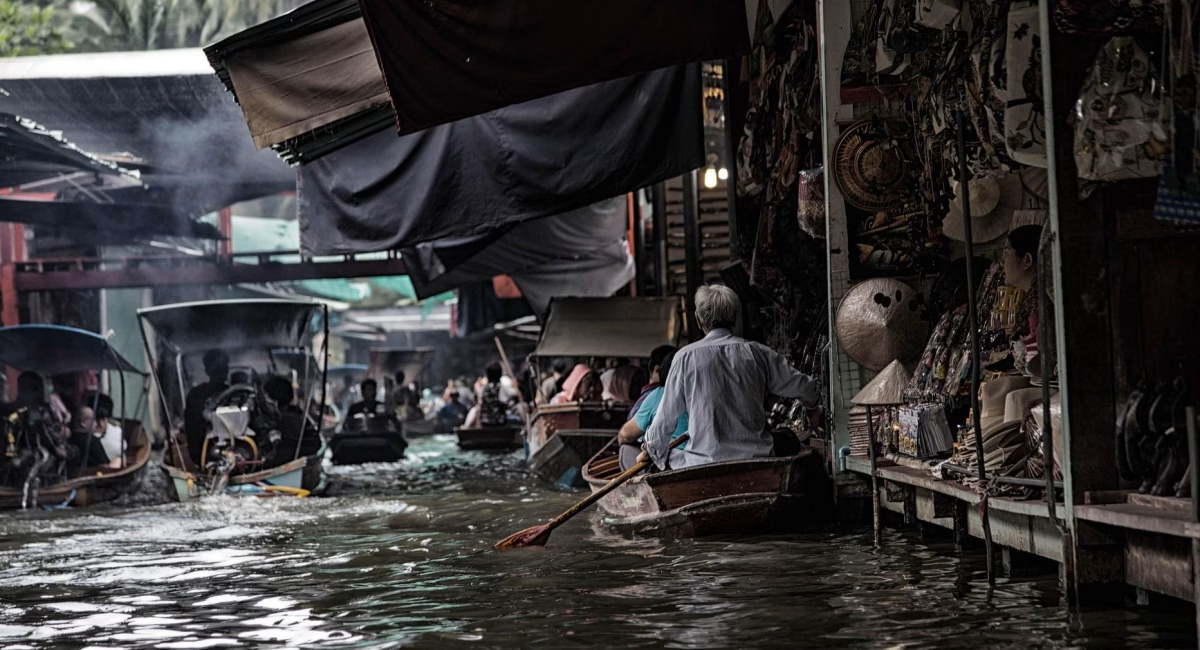Is it safe to fly to Thailand after the earthquake?
A 7.7-magnitude earthquake struck Myanmar on March 28, 2025, with tremors felt in Bangkok. Following comprehensive safety inspections confirming structural integrity, Thailand‘s major international airports, including Suvarnabhumi, have resumed normal operations, and popular tourist destinations remain unaffected and fully operational. Globe Aware volunteers can learn more in today’s travel blog post.
Is it safe to fly to Thailand after the earthquake?
Key updates on airport safety, and flights
Apr 1, 2025
TIMESOFINDIA.COM
A 7.7-magnitude earthquake struck near Mandalay, Myanmar on March 28, 2025, causing severe damage and over 1,600 deaths. Tremors reached Bangkok, resulting in casualties and structural damage. The Thai government conducted safety checks on vital infrastructure and reassured visitors that popular tourist destinations remained unaffected and operational.
Is it safe to fly to Thailand after the earthquake? Key updates on airport safety, and flights
On March 28, 2025, a powerful 7.7-magnitude earthquake struck near Mandalay, Myanmar, causing significant damage and loss of life. The tremors were felt across Southeast Asia, including in Thailand, where buildings in Bangkok shook, causing panic among residents. The earthquake led to widespread destruction in Myanmar, with the death toll surpassing 1,600 and thousands more injured or missing. Relief efforts are underway as authorities work to provide aid to the affected regions.
The impact of the earthquake in Thailand was most felt in Bangkok, where multiple buildings fell, leaving at least nine people dead and many injured. Emergency personnel were quickly sent in to survey damage and help those impacted after the capital was designated as a disaster area. The Thai government acted right away, carrying out safety checks on vital infrastructure, such as Suvarnabhumi Airport, which serves as the nation’s primary international entry point.
Airports of Thailand Plc (AOT) carried out comprehensive inspections of its six major international airports—Suvarnabhumi, Don Mueang, Chiang Mai, Chiang Rai, Phuket, and Hat Yai—following the earthquake. After confirming that all facilities remained structurally intact and met safety standards, normal operations resumed without major disruptions. Although initial concerns arose, passengers were assured of their safety, and flights did not face significant delays.
To further ensure passenger safety, AOT implemented additional security and structural integrity checks, working closely with aviation and disaster management authorities. The Ministry of Tourism and Sports also reassured visitors that the country’s popular tourist destinations remained unaffected and fully operational.
The earthquake also prompted an emergency preparedness drill at Suvarnabhumi Airport in anticipation of the opening of its third runway. These drills were part of broader efforts to enhance response capabilities in case of future seismic events. Airport officials stated that the exercise was successful in testing emergency response strategies and ensuring the safety of travelers and staff.
In light of the possibility of aftershocks, officials have advised tourists to follow local authorities’ safety instructions. Although there isn’t a declared national emergency, safety precautions are in place to reduce the hazards.
The prompt and well-coordinated response by the Thai government indicates its dedication to security and preparedness for emergencies. Thanks to strict inspections and improved safety procedures, Thailand continues to be a robust and safe travel destination for both locals and tourists. To maintain stable travel and tourist operations in the face of natural disasters, the country is still concentrating on bolstering its emergency response infrastructure.


0 Comments